At the end of April, video emerged from the main hospital in the Brazilian city of Manaus of bodies lined up in corridors, the victims of a sudden surge in the coronavirus. At the same time, the city began digging mass graves for hundreds of people who’d not even had the chance of treatment.
Since then, similar scenes have played out across Latin America, which has seen an explosive spread of the coronavirus. In Guayaquil, Ecuador’s largest city, coffins were fashioned from cardboard boxes as bodies were left uncollected. In the Chilean capital Santiago, public hospitals were overwhelmed as lockdown was eased too soon.
In the last week of June, coronavirus deaths averaged more than 2,000 a day in Latin America and the Caribbean – half of all recorded deaths worldwide, according to a CNN tally of WHO data. Most forecasts suggest the picture will get much grimmer – with nearly 440,000 deaths expected across the region by October, according to the University of Washington.
The head of the Pan American Health Organization (PAHO), Dr. Carissa Etienne, said this week: “The region of the America is clearly the current epicenter of the Covid-19 pandemic.”
Inequality and political will
There are many reasons for Covid-19’s outsize impact on Latin America: high levels of inequality, the vast “gray” economy of informal workers, a lack of sanitation in crowded urban slums, as well as slow and uneven responses by governments.
Alejandro Gaviria, a former Colombian health minister, told CNN: “Latin America is very heterogeneous. In some cities, health infrastructure is similar to what you find in developed countries; in rural areas, infrastructure is poor in general. It is like having Europe and Africa in the same continent.”
Often that disparity exists within a city – one reason that the virus spread so dramatically in Santiago.
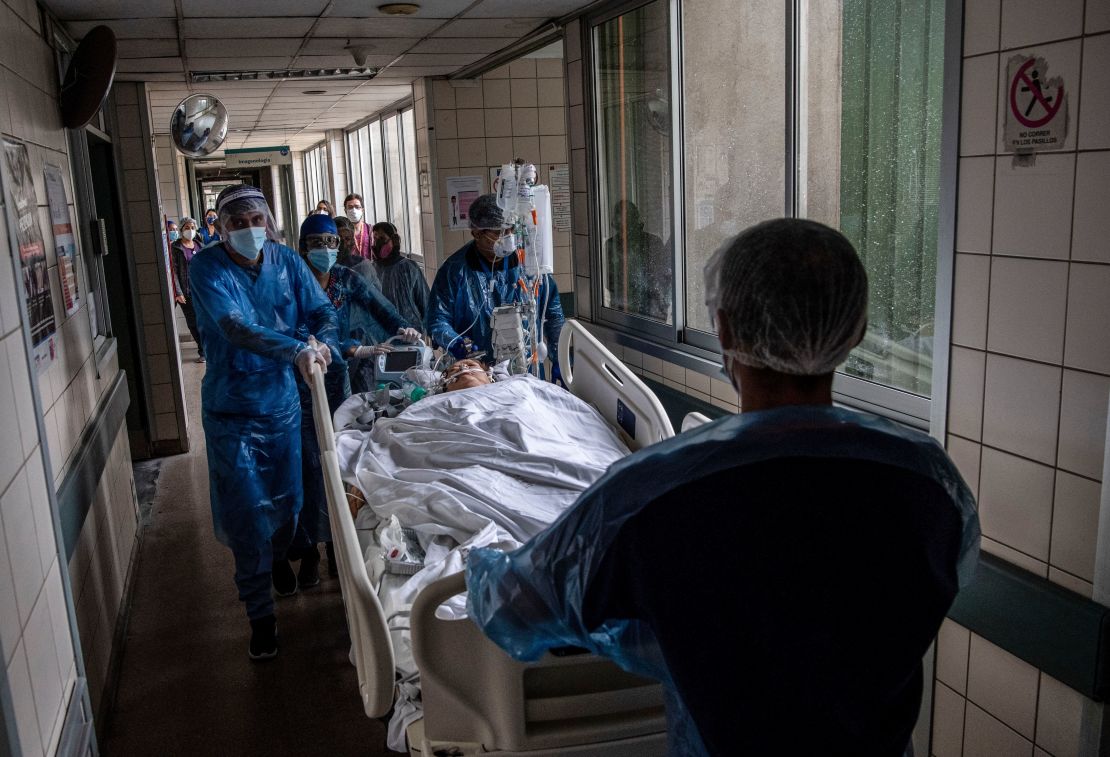
Latin American states have had dramatically different experiences with Covid-19. Uruguay, which has a well-funded public health system, embarked on an aggressive tracking and testing program when the pandemic arrived. Despite a change of government in the middle of the crisis, it has had a consistent policy on lockdown. Nearly 20% of the population downloaded a government app with guidance on the virus.
Paraguay, which is much poorer than Uruguay, appears to have benefited from an early lockdown. It also enforced quarantine measures for people entering the country from Brazil, the epicenter of infections in Latin America.
Elsewhere, the story is far less optimistic, especially in countries which have large informal economies. In Mexico, Colombia and Peru, nearly two-thirds of workers have no safety net beneath them. And their income has probably declined by 80% during the pandemic, according to the International Labor Organization – putting even basic health care out of reach.
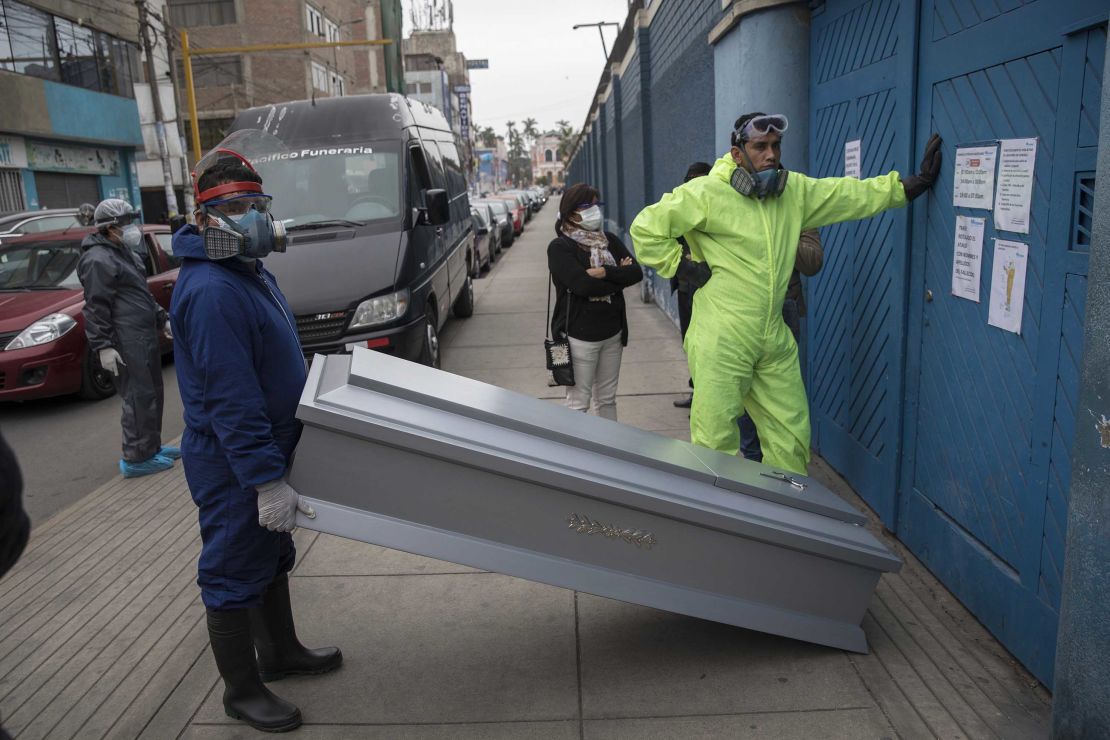
Crowded living conditions in poorer urban areas, where basic hygiene and social distancing are next to impossible, threaten the region with a growing tide of infections. As Dr. Marcos Espinal, chief of the Department of Communicable Diseases and Health Analysis at PAHO, told CNN: “In the barrios of Lima it’s going to be very difficult to do social distancing.”
Espinal noted that in some countries only a third of the population have a fridge, meaning people must shop daily.
Low Investment
In the two decades to 2015, many Latin American countries invested in public health as their economies grew. There was success in reducing child mortality and tuberculosis for example. Colombia increased its intensive care beds tenfold.
Gaviria says there are many differences between countries, “but most people have access to some type of care. In Colombia, for example, coverage is close to 100%.”
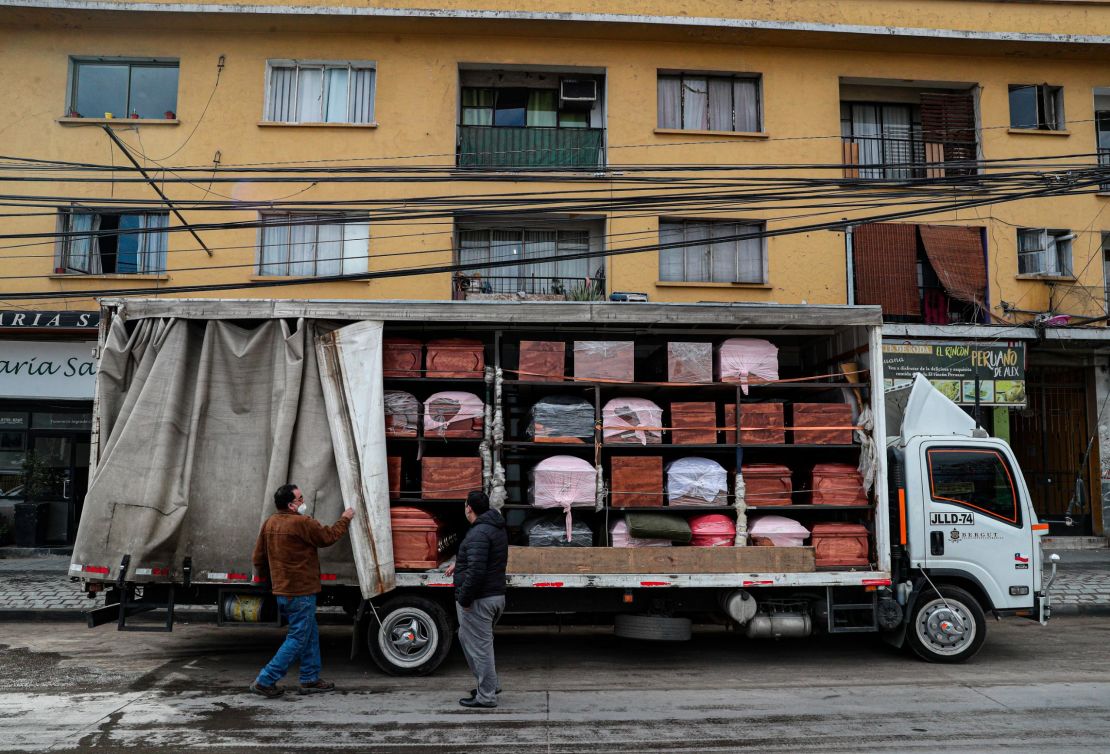
Quality is a different issue, though, he says – a point echoed by Espinal at PAHO. All but five or six governments fall well short of the WHO target of spending 6% of GDP on health, he says. Peru, for example, spends 3.3%.
Multiple studies have shown that the poor, and especially the elderly rural poor, are less able to access health care. Border areas are often poorly served.
Some Amazon towns in Brazil are more than 500 kilometers from the nearest ICU bed. In 2016, there were fewer than three beds per 100,000 inhabitants in some northern states in Brazil, but more than 20 beds per 100,000 in the wealthier south-east. The PAHO has warned that the region won’t overcome the virus unless it improves care for marginalized communities, such as indigenous peoples in the Amazon. CNN reported a surge of infections this week among the Xavante people in the north-east of the Brazilian state of Mato Grosso.
But new studies suggest that ethnic minorities in Brazil’s urban areas are also at greater risk. A survey by the University of Sao Paulo published this week found that coronavirus had infected 2.5 times more Black than White residents.
Coronavirus is just one of multiple health crises in Latin America. Studies shown that poorer people in the region have higher levels of diabetes, obesity, hypertension and heart disease, all of which make them more vulnerable to Covid-19. This is especially problematic in Mexico and Brazil.
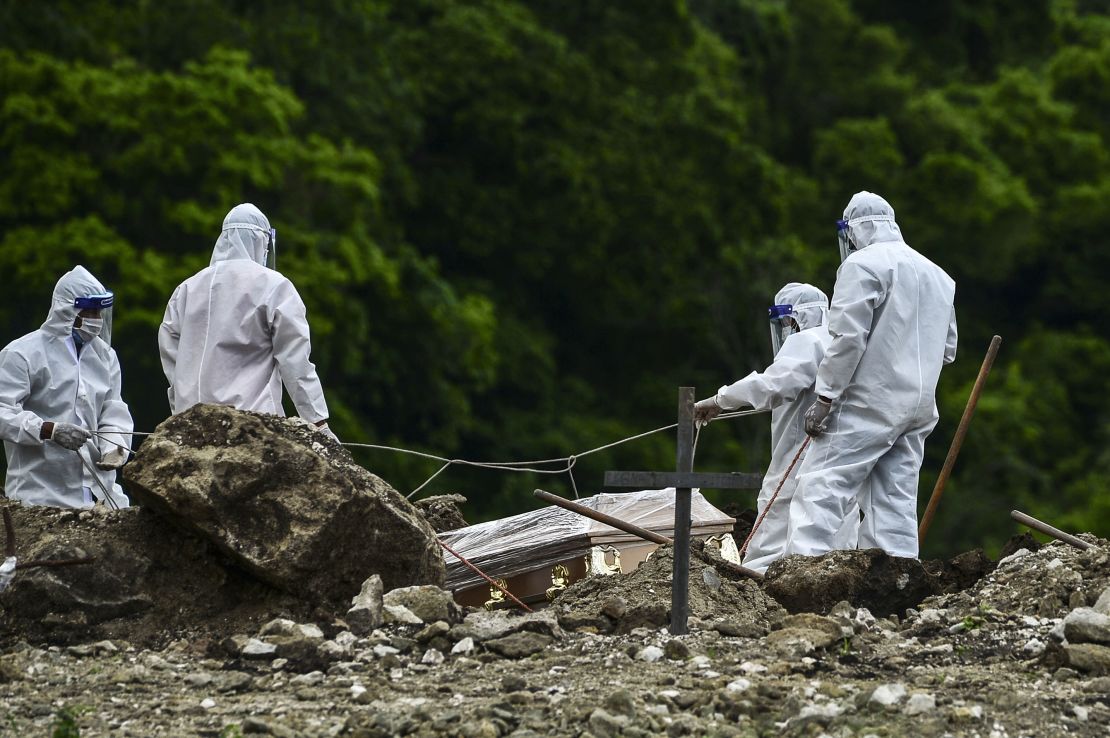
Fabiana Ribeiro, a Brazilian researcher currently at the University of Luxembourg, told CNN that a recent study showed the lowest survival rates were for rural patients of 68 and older, and for patients who were Black, illiterate or had previous conditions such as heart disease and diabetes.
The winter months in the southern hemisphere bring other sicknesses, including flu and pneumonia. Francesco Rocca, president of the International Red Cross, said this week that Latin America’s health emergency could worsen “with the arrival of the southern winter, the flu season in South America, and especially the hurricane season in the Caribbean.”
Some governments – Chile for example – have warned private providers that they may take over beds as public hospitals buckle under the strain. Gaviria notes that in Colombia the government now controls access to ICU beds in both the private and public sectors – “and decide where each new patient should go. They want to avoid rationing based on type of insurance or financial considerations.”
The Pan American Health Organization has said that in the coming months robust testing and tracing programs will be critical. There are a few promising signs – such as the mobile teams in Costa Rica checking on infections and quarantine. And in much of the region there is already a large network of labs established to test for flu that are being mobilized.
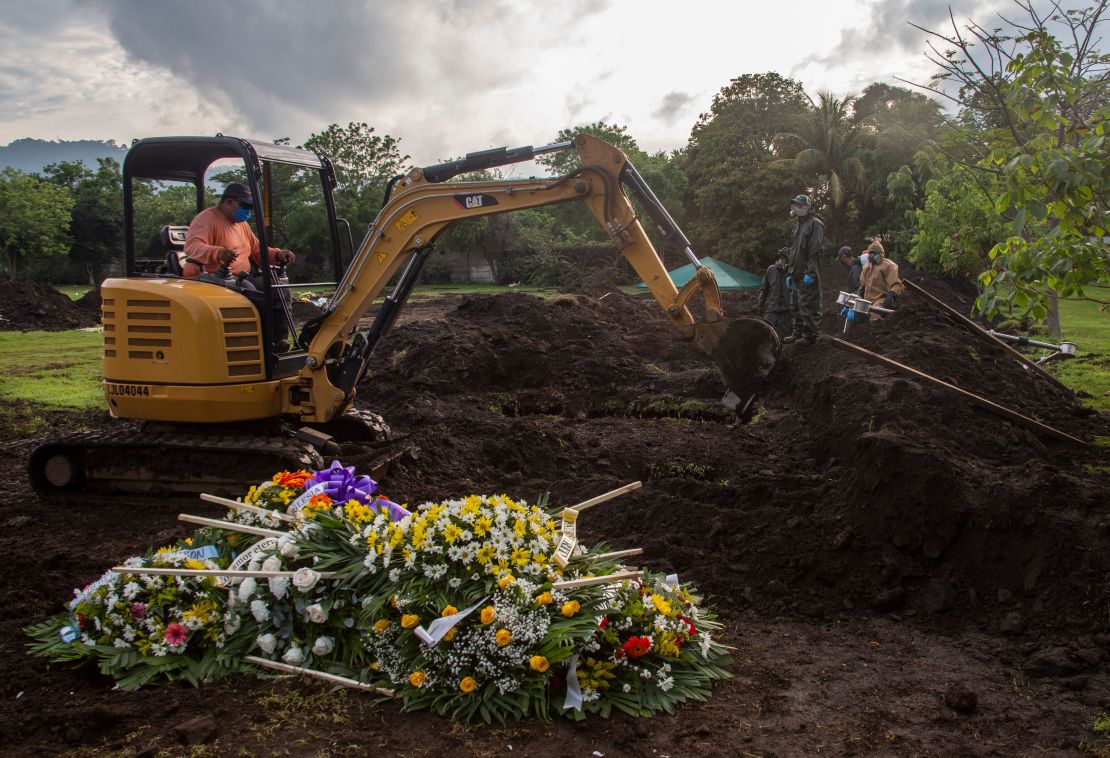
But testing capacity is hugely variable across the region. As of June 29, Chile had done nearly 5,800 tests per 100,000 population, according to the PAHO. Panama had done just under 3,000. But Brazil had done 230 – and Guatemala 45.
“In Nicaragua, we don’t even know how many tests are being done,” says Espinal.
The impact of coronavirus in Latin America is likely to leave deep scars. The World Bank believes that more than 50 million people will see their incomes fall below the $5.50 a day poverty line. Some economists fear the economic damage may be on a par with the “lost decade” of the 1980s.
In the midst of a deep recession that may shrink the region’s economy by one-tenth this year, the necessary investment in public health may not materialize. Espinal thinks that would be a big mistake. “There’s no way,” he told CNN, “countries can justify continuing investing at the same level even if the economy suffers.”
Without it, the social unrest that erupted in Chile and Ecuador last year, may return as populations emerge from lockdown. Political risk consultancy Verisk Maplecroft warns: “Expect unrest to spike in the second half of 2020 because pent-up issues that spilled over into protests in late 2019 remain unresolved.”
Alejandro Gaviria, Colombia’s former health minister and now rector of the University of the Andes, is apprehensive about what the rest of 2020 will bring. “Three problems overlap,” he says, “a growing pandemic, a social devastation and an increasing fatigue with lockdowns. New lockdowns will only be possible with strict and repressive enforcement measures.”





